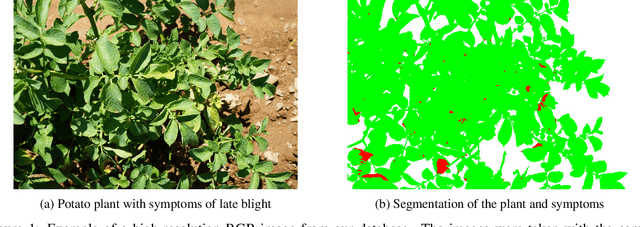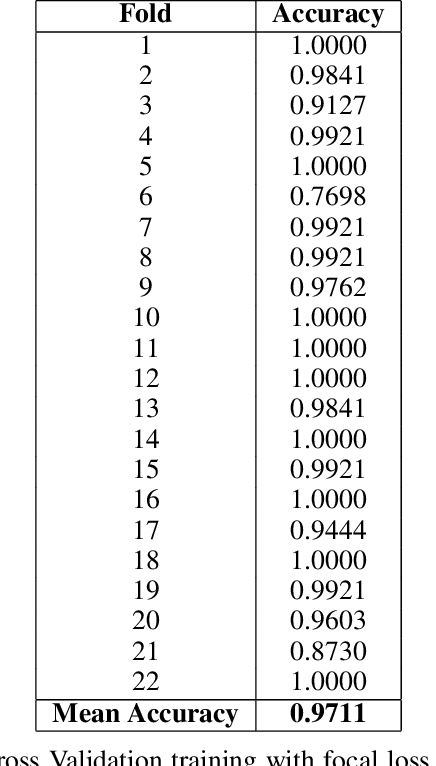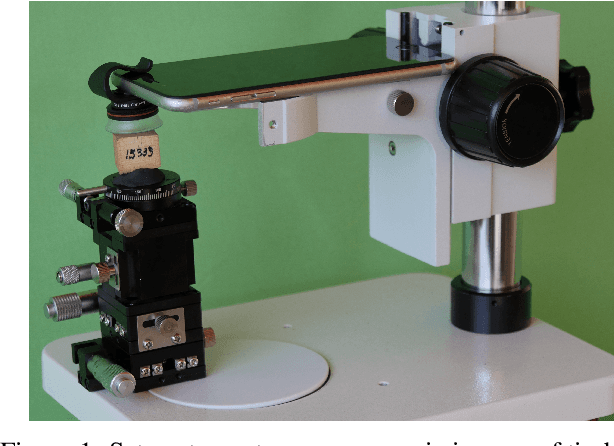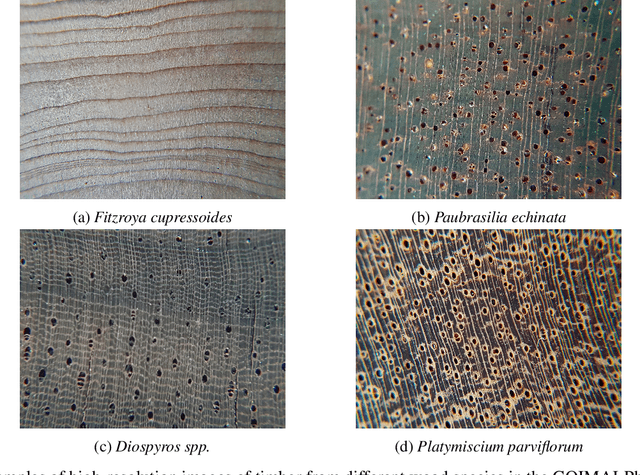Andrés Herrera-Poyatos
A Domain-Based Taxonomy of Jailbreak Vulnerabilities in Large Language Models
Apr 07, 2025Abstract:The study of large language models (LLMs) is a key area in open-world machine learning. Although LLMs demonstrate remarkable natural language processing capabilities, they also face several challenges, including consistency issues, hallucinations, and jailbreak vulnerabilities. Jailbreaking refers to the crafting of prompts that bypass alignment safeguards, leading to unsafe outputs that compromise the integrity of LLMs. This work specifically focuses on the challenge of jailbreak vulnerabilities and introduces a novel taxonomy of jailbreak attacks grounded in the training domains of LLMs. It characterizes alignment failures through generalization, objectives, and robustness gaps. Our primary contribution is a perspective on jailbreak, framed through the different linguistic domains that emerge during LLM training and alignment. This viewpoint highlights the limitations of existing approaches and enables us to classify jailbreak attacks on the basis of the underlying model deficiencies they exploit. Unlike conventional classifications that categorize attacks based on prompt construction methods (e.g., prompt templating), our approach provides a deeper understanding of LLM behavior. We introduce a taxonomy with four categories -- mismatched generalization, competing objectives, adversarial robustness, and mixed attacks -- offering insights into the fundamental nature of jailbreak vulnerabilities. Finally, we present key lessons derived from this taxonomic study.
An overview of model uncertainty and variability in LLM-based sentiment analysis. Challenges, mitigation strategies and the role of explainability
Apr 06, 2025

Abstract:Large Language Models (LLMs) have significantly advanced sentiment analysis, yet their inherent uncertainty and variability pose critical challenges to achieving reliable and consistent outcomes. This paper systematically explores the Model Variability Problem (MVP) in LLM-based sentiment analysis, characterized by inconsistent sentiment classification, polarization, and uncertainty arising from stochastic inference mechanisms, prompt sensitivity, and biases in training data. We analyze the core causes of MVP, presenting illustrative examples and a case study to highlight its impact. In addition, we investigate key challenges and mitigation strategies, paying particular attention to the role of temperature as a driver of output randomness and emphasizing the crucial role of explainability in improving transparency and user trust. By providing a structured perspective on stability, reproducibility, and trustworthiness, this study helps develop more reliable, explainable, and robust sentiment analysis models, facilitating their deployment in high-stakes domains such as finance, healthcare, and policymaking, among others.
Local Attention Mechanism: Boosting the Transformer Architecture for Long-Sequence Time Series Forecasting
Oct 04, 2024



Abstract:Transformers have become the leading choice in natural language processing over other deep learning architectures. This trend has also permeated the field of time series analysis, especially for long-horizon forecasting, showcasing promising results both in performance and running time. In this paper, we introduce Local Attention Mechanism (LAM), an efficient attention mechanism tailored for time series analysis. This mechanism exploits the continuity properties of time series to reduce the number of attention scores computed. We present an algorithm for implementing LAM in tensor algebra that runs in time and memory O(nlogn), significantly improving upon the O(n^2) time and memory complexity of traditional attention mechanisms. We also note the lack of proper datasets to evaluate long-horizon forecast models. Thus, we propose a novel set of datasets to improve the evaluation of models addressing long-horizon forecasting challenges. Our experimental analysis demonstrates that the vanilla transformer architecture magnified with LAM surpasses state-of-the-art models, including the vanilla attention mechanism. These results confirm the effectiveness of our approach and highlight a range of future challenges in long-sequence time series forecasting.
Small data deep learning methodology for in-field disease detection
Sep 25, 2024



Abstract:Early detection of diseases in crops is essential to prevent harvest losses and improve the quality of the final product. In this context, the combination of machine learning and proximity sensors is emerging as a technique capable of achieving this detection efficiently and effectively. For example, this machine learning approach has been applied to potato crops -- to detect late blight (Phytophthora infestans) -- and grapevine crops -- to detect downy mildew. However, most of these AI models found in the specialised literature have been developed using leaf-by-leaf images taken in the lab, which does not represent field conditions and limits their applicability. In this study, we present the first machine learning model capable of detecting mild symptoms of late blight in potato crops through the analysis of high-resolution RGB images captured directly in the field, overcoming the limitations of other publications in the literature and presenting real-world applicability. Our proposal exploits the availability of high-resolution images via the concept of patching, and is based on deep convolutional neural networks with a focal loss function, which makes the model to focus on the complex patterns that arise in field conditions. Additionally, we present a data augmentation scheme that facilitates the training of these neural networks with few high-resolution images, which allows for development of models under the small data paradigm. Our model correctly detects all cases of late blight in the test dataset, demonstrating a high level of accuracy and effectiveness in identifying early symptoms. These promising results reinforce the potential use of machine learning for the early detection of diseases and pests in agriculture, enabling better treatment and reducing their impact on crops.
Deep Learning methodology for the identification of wood species using high-resolution macroscopic images
Jun 17, 2024



Abstract:Significant advancements in the field of wood species identification are needed worldwide to support sustainable timber trade. In this work we contribute to automate the identification of wood species via high-resolution macroscopic images of timber. The main challenge of this problem is that fine-grained patterns in timber are crucial in order to accurately identify wood species, and these patterns are not properly learned by traditional convolutional neural networks (CNNs) trained on low/medium resolution images. We propose a Timber Deep Learning Identification with Patch-based Inference Voting methodology, abbreviated TDLI-PIV methodology. Our proposal exploits the concept of patching and the availability of high-resolution macroscopic images of timber in order to overcome the inherent challenges that CNNs face in timber identification. The TDLI-PIV methodology is able to capture fine-grained patterns in timber and, moreover, boosts robustness and prediction accuracy via a collaborative voting inference process. In this work we also introduce a new data set of marcroscopic images of timber, called GOIMAI-Phase-I, which has been obtained using optical magnification in order to capture fine-grained details, which contrasts to the other datasets that are publicly available. More concretely, images in GOIMAI-Phase-I are taken with a smartphone with a 24x magnifying lens attached to the camera. Our data set contains 2120 images of timber and covers 37 legally protected wood species. Our experiments have assessed the performance of the TDLI-PIV methodology, involving the comparison with other methodologies available in the literature, exploration of data augmentation methods and the effect that the dataset size has on the accuracy of TDLI-PIV.
Genetic and Memetic Algorithm with Diversity Equilibrium based on Greedy Diversification
Feb 12, 2017



Abstract:The lack of diversity in a genetic algorithm's population may lead to a bad performance of the genetic operators since there is not an equilibrium between exploration and exploitation. In those cases, genetic algorithms present a fast and unsuitable convergence. In this paper we develop a novel hybrid genetic algorithm which attempts to obtain a balance between exploration and exploitation. It confronts the diversity problem using the named greedy diversification operator. Furthermore, the proposed algorithm applies a competition between parent and children so as to exploit the high quality visited solutions. These operators are complemented by a simple selection mechanism designed to preserve and take advantage of the population diversity. Additionally, we extend our proposal to the field of memetic algorithms, obtaining an improved model with outstanding results in practice. The experimental study shows the validity of the approach as well as how important is taking into account the exploration and exploitation concepts when designing an evolutionary algorithm.
 Add to Chrome
Add to Chrome Add to Firefox
Add to Firefox Add to Edge
Add to Edge